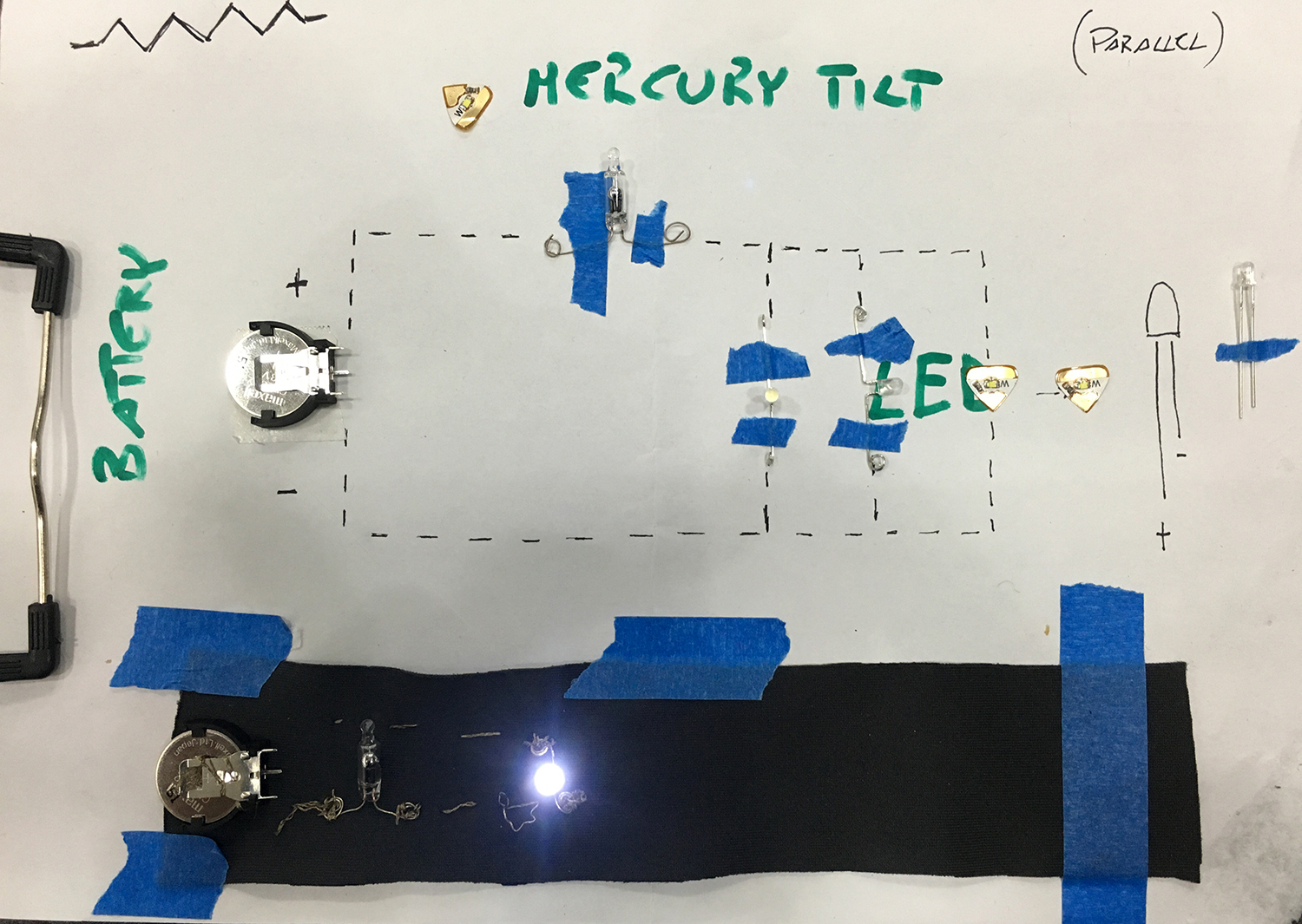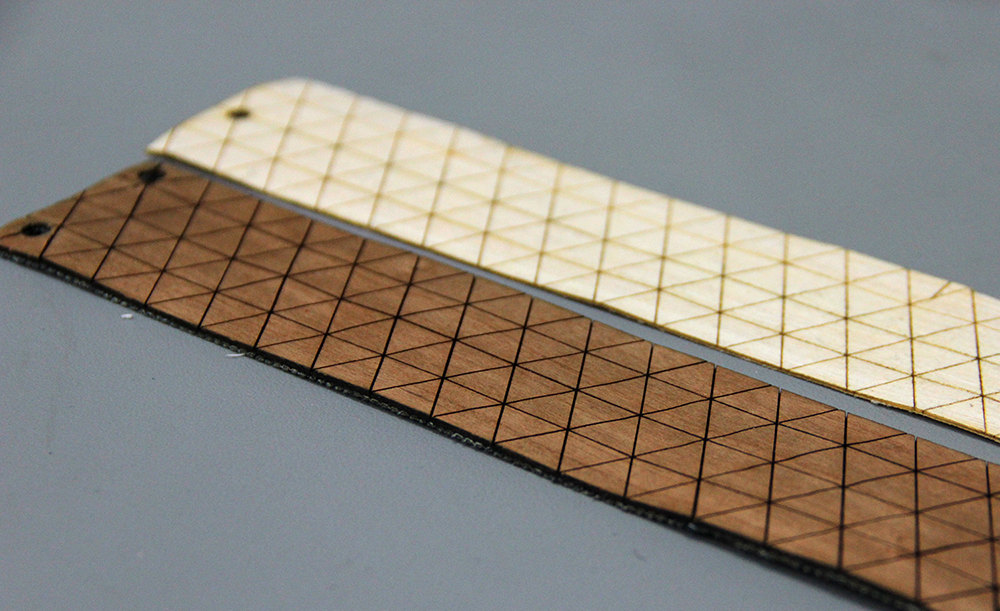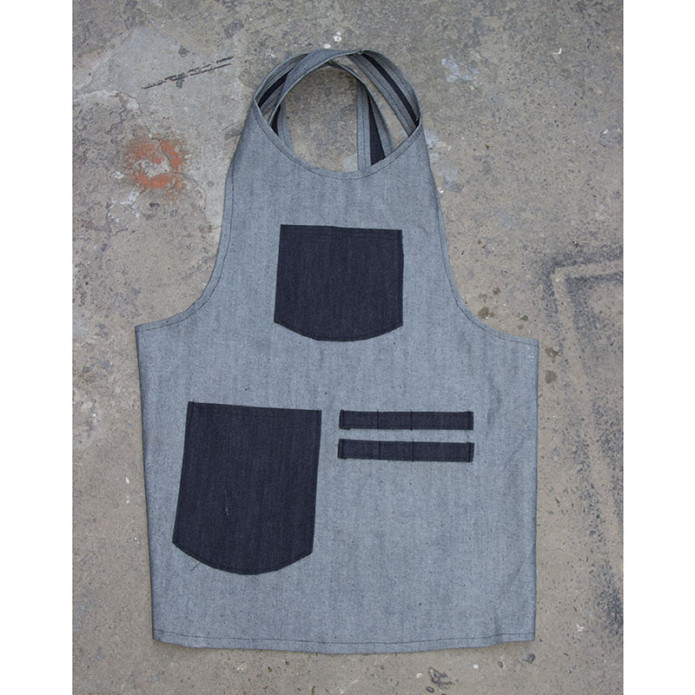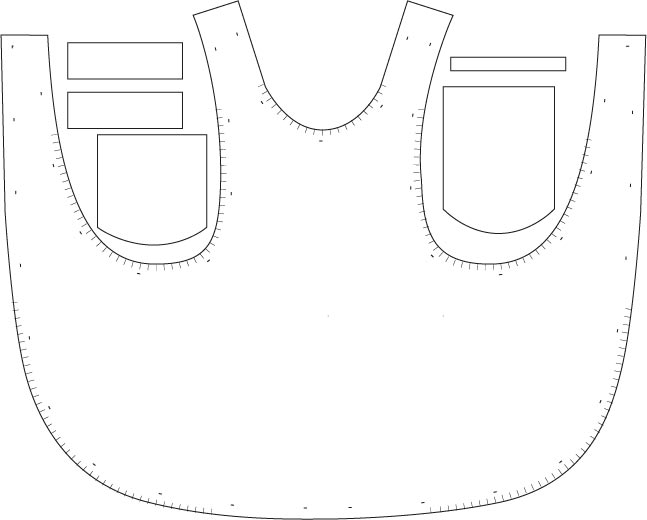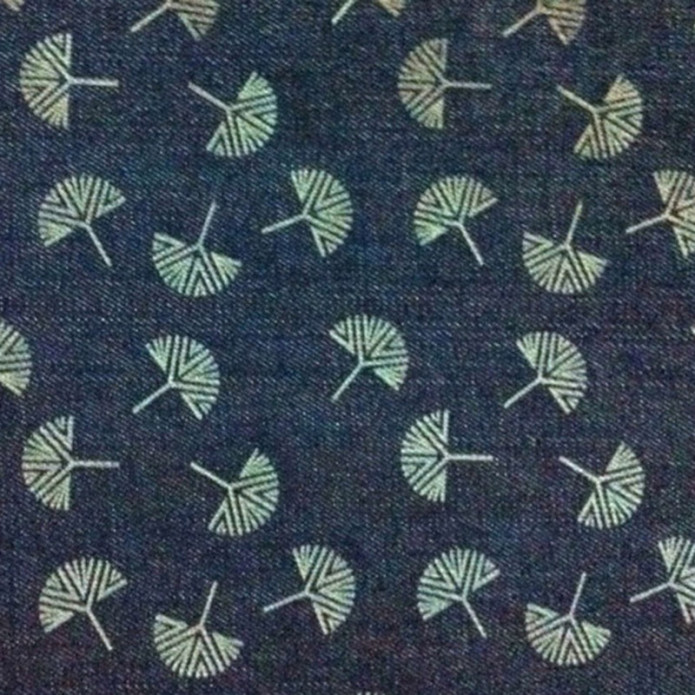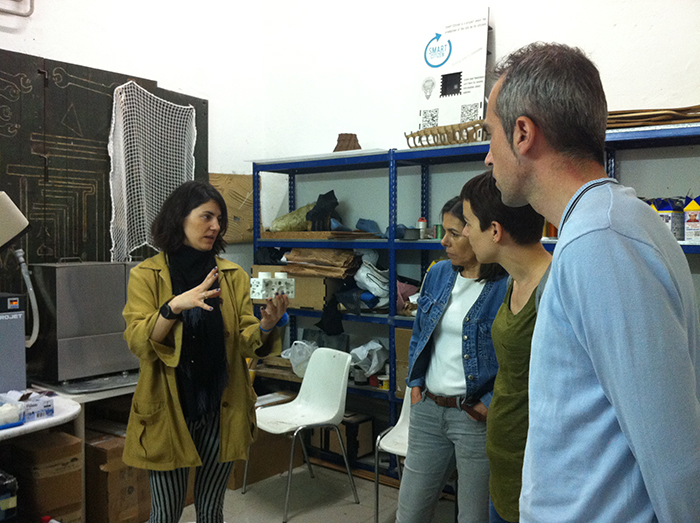This tutorial gives an insight into the correct choice for fabric and appropriate 3D geometries that give properties to the soft structure.
laser cutting
Fab Textiles Bootcamp
This tutorial gives an insight into the correct choice for fabric and appropriate 3D geometries that give properties to the soft structure.
Wooden Textile Bracelet
What do you need:
veneers
textile (denim)
woodglue + brush or paint roller
vacuum press
lasercutter (trotec speedy 100)
rhinoceros
4 buttons (for cling sealing)
rivet gun for buttons
How to do:
Connecting fabric and wood
1. Cut your fabrics and veneers in nearly the same size
2. Brush one side of the wood with the woodglue and put it on the fabric (ensure that the fabric is flat). For a better result we recommend, to do it with the paint roller, so that the glue is very thin and evently distributed
3. Now, place the two materials into a vaccum press and wait until the materials get connected and dried
Preparing the Lasercut
Meanwhile you can create your File for the lasercut. You can do that in Adobe Illustrator (save as DXF) or directly in Rhinoceros. The lines should be colored red for cutting.
You have to think about how you want to connect the bracelet (we choose the buttons).
Our Example, you can download here.
Lasercutting the wooden-textile
1. For a good result (only the wood gets cut) you need the the right power and speed for the lasercut-settings
Here you can see some examples made with the Trotec Speedy 100:
01 1.5mm wood + denim Power:70 Speed:3
02 1 mm wood + denim Power:50 Speed:4
03 0.5mm wood + synthetic fabric Power:50 Speed:5
04 1mm wood + synthetic fabric Power:50 Speed:4
05 1mm wood + very thin synthetic fabric Power:57 Speed:7
2. First do the engraving (the pattern), after, the cutting part (the shape)
3. For cutting you just have to put the power to a higher value ( f.e.: 50 > 90)
Finishing
Now you can finish your piece by attaching the buttons to the blacelet. For that you just need the appropriate rivet gun or tool.
Computational Couture @Beyond
Last May 19th to 22nd, in the context of the International Construction faire Construmat and within the Pavilion of Innovation, IaaC|Fab Lab Barcelona runned the Computational Couture workshop.
The Computational Couture workshop focused on expanding the horizons of dress making towards an algorithmic approach, and taking design beyond the physical functions of the body (movement, protection, temperature regulation) towards the evolution of cultural expression.During the workshop participants coming from different backgrounds had the possibility to work in a multidisciplinary context to co create this custom fitted clothing that brings together computation, fashion design and digital fabrication.
Computational couture looks at the creation of exclusive custom-fitted clothing (typical of haute couture) through the lens of a systemic approach, extending the sartorial techniques with 3D modeling and computation-based approaches developed in Rhinoceros and the visual programming environment Grasshopper.Aim of the workshop is to exert, infuse and expand the sartorial sensibilities to body proportions and dress making into an algorithmic approach that loops through design and fabrication by means of laser cutting and 3d printing for the design and production of a garment.
Tutors> Alessio Erioli, Anastasia Pistofidou, Lidija Stanojcic
Fab Textiles V5
Fab Textiles V5: Redefining pattern making and traditional seam joinery
Participants to this edition of the Fab textiles workshop were introduced to digital modelling techniques that allowed them to develop designs in Rhino and fabricate personally customised clothing using the technology provided at the lab.
The first assignment was to transform an image using Grasshopper into complex geometry using a series of data manipulations based on colour information.
Once participants had a basic understanding of digital model and manipulation techniques, they learned methods to digitally design and produce individually designed clothing. First, a mannequin was scanned using Kinect and imported into Rhino. Participants then collectively decided on the design of the garment by physically projecting lines onto the body. These lines were then imported into rhino and digitally projected onto the mannequin. These lines delineated the components that would then be laser cut from textiles and assembled as a kit of parts.
Using this process, participants have learned how to fully develop their textile based projects digitally from the design project, all the way through to development and fabrication.
Introduction to the Fab Lab Machinery
Fabrication of Textile Patterns
Rastered Textiles with Patterns
Kinect scanning of the Mannequin
Video of Digital Production:
Fab Textiles V5 from Fab Lab Barcelona on Vimeo.










